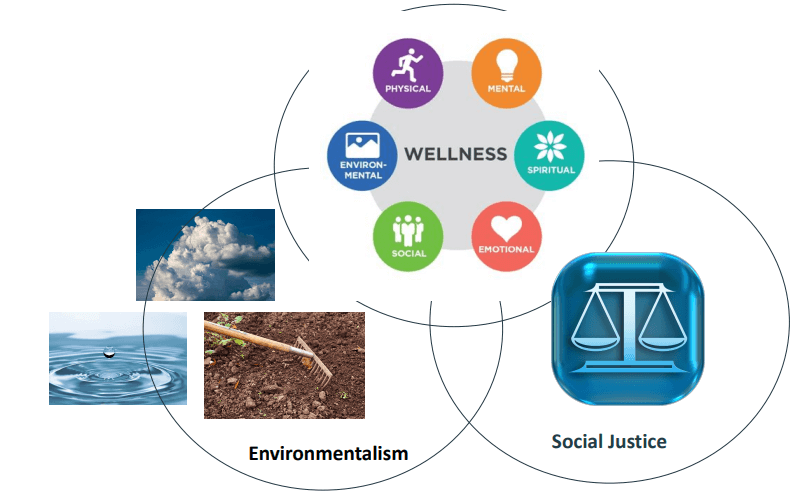Posted: July 19, 2021
Social Justice & Youth Environmental Movements

Environmental protection is more important now than ever but we cannot move forward unless everyone is included in the discussion. Youth Water Leaders discussed intersectional environmental movements in the fifth week of programming.
What aspects of the environment do you often take for granted? What experiences near or on the water have been available to you as a result of your identity? How are you able to access water? These were just some of the many questions that our youth tackled in their workshop on youth environmental movements and intersectionality. Take a minute yourselves and consider how your identity and privilege or lack thereof might change the answers to these questions. Increasing access to water for everyone in our watershed is a conversation that we should all be having.
Ottawa Riverkeeper’s Youth Water Leaders had this conversation in the fifth week of programming. The discussion was led by amazing speakers from Genvironment, a local organization dedicated to the promotion of inclusivity and diversity in environmental education and the sustainability movement. Their mission is to create accessible and empowering learning spaces to encourage young people to make positive changes in their communities. They are working hard to provide opportunities so that one day all youth can explore the environment in their local area and become environmental leaders.
One concept that really stood out to the youth was how everything in our world is interrelated. The notion that environmental change and advocacy could exist in a bubble without considering other factors was dispelled.

For instance, while at Ottawa Riverkeeper we focus primarily on the health of the water, we learned about how air and soil health also greatly impact our watershed and that these intersect with social inequities that result in an uneven distribution of the benefits of a healthy environment and the harms of a disturbed environment. Consider, for instance, how lower income urban communities have less access to shade and green/blue spaces and are covered in more asphalt and higher density buildings. These urban design choices intersect with environmental injustices such as the negative health impacts associated with increases in stormwater runoff, flooding, air and noise pollution, climate change, and heat islands. Our youth rose to the challenge of carefully considering how social wellness such as physical and mental health, and social injustices such as racial inequity factor into a community’s ability to benefit from a healthy environment.
This discussion launched an inquiry about what youth environmental leaders were doing today to create intersectional environmental movements. While Greta Thunberg has become a household name around the world, youth learned about environmental leaders such as Jaime Margolin, Xiuhtezcatl Martinez, Isra Hirsi, Vic Barrett, Sophia Sidarous, and Leah Thomas and their inspiring contributions to social and environmental justice They were able to realize that a career in environmental sciences or conservation isn’t the only way one can make a positive change on the environment. The world needs artists, lawyers, politicians, teachers, and everyone else to take action towards creating a better future for our planet.
Environmental protection is more important now than ever but we cannot move forward unless everyone is included in the discussion. In our Ottawa River Watershed we need to consider all the voices in Ontario, Quebec, and Algonquin communities, not just those that historically have been present in this movement.
Check out some great resources to start this conversation:
- Genvironment Resource Hub
- Corina Newsome who started the Black Birders Movement
- Christian Cooper’s graphic novel about being a birder and black
- Black in Marine Science
Cover photo from 2019 Climate March
< Previous post Next post >